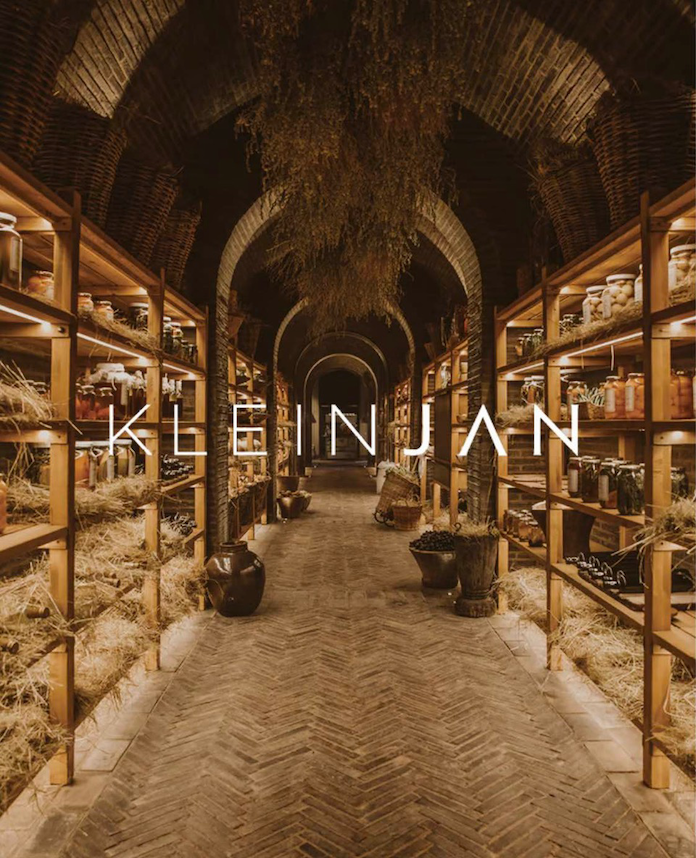A ROSE BY ANY OTHER NAME
The Villa Ephrussi de Rothschild is a window into the past, offering a glimpse into the lives of the early 20th century noblesse. It always reminds me that – no matter who we are, where we come from or what we’ve achieved – we all know something of hardship. And we all have our own way of rising above it through beauty.

Béatrice was born in 1864 to Baron Alphonse, a famous Parisian banker and art collector, and Baroness Leonora de Rothschild. She married Maurice de Ephrussi, a Russian-born banker, at the age of nineteen. The marriage resulted in tragedy, as Béatrice contracted a serious illness from her husband that rendered her infertile. His decadent lifestyle also saw him rack up considerable gambling debts to the tune of 30 million euros in today’s terms. After 21 years of marriage, she found herself at a crossroads, and decided to leave the man who had essentially ruined her life.
She separated from Maurice in the summer of 1904, at which point she devoted herself to her greatest passion – collecting objets d’art. Her artistic sensibility was inherited from her family, who had always nurtured their appetite for beautiful things.
A year later, she lost her father, inheriting his immense fortune, which only fuelled her need to surround herself with things that would bring her joy. And so, later that same year in 1905, she purchased a piece of arid land in Cap Ferrat on the Côte d’Azur that could only be reached on mule back.
Without delay, she employed some of the most distinguished landscape painters of the time to envision a garden for the estate. Her only instruction: it should resemble a ship’s deck. But before work could start, she had to loosen up the rocky terrain with dynamite and hire hundreds of Italian labourers to help transform the land on which her villa would stand.
Seven years later, Béatrice took up residence at the villa. Dividing her time between Paris, Monaco and Deauville, she would spend her winters at the villa in the balmy Riviera climate.
The house came to showcase her bountiful collection of porcelain, master paintings and furniture, and during this time, the landscaping of the gardens (which were still incomplete) began
in earnest.
Refusing to live on a construction site, she insisted that the gardeners cover themselves in green cardboard pyramids resembling cypress trees, and that they cover the areas where the water features would eventually be installed with long strips of silver, grey or green fabrics to create an impression of what they would look like once complete.
A year before her death in 1934, she bequeathed the Villa Ephrussi de Rothschild – an estate comprising seven hectares of land and over 5000 works of art – to the Académie des Beaux-Arts. As her last breath left her body, one of her relatives described her as “still beautiful, with the snowy halo of her hair surrounding the dead pallor of her face”.
That same year, the landscape architect, Louis Marchand, designed a series of themed gardens that would surely have delighted Béatrice, including a French, Spanish, Florentine, Japanese, Mexican, and Provençal garden. Today, the villa’s gardens are considered among the most remarkable in France, and the roses still smell as sweet.














